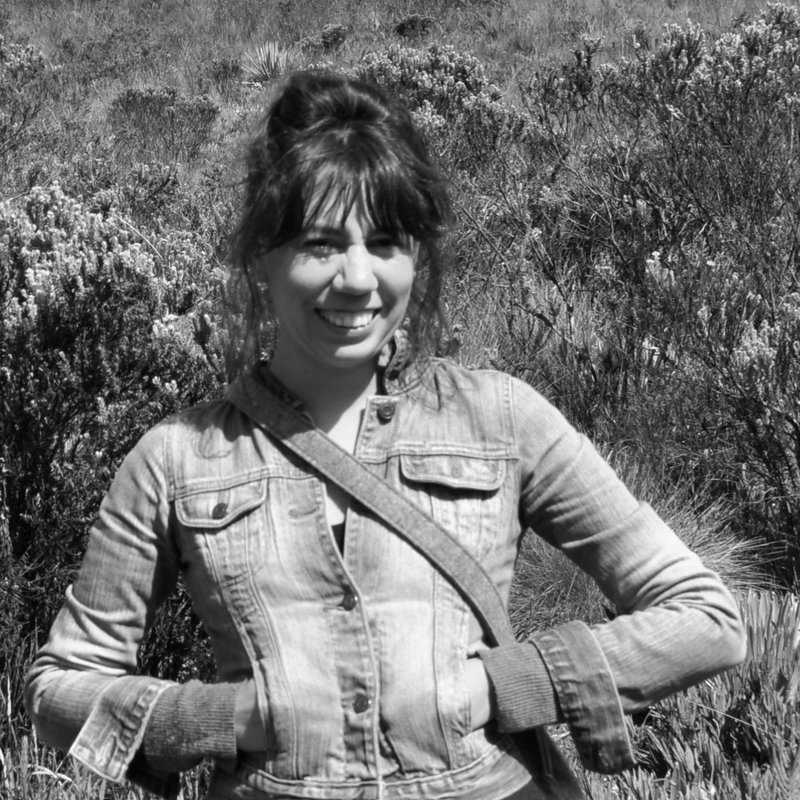Ximena Gama

It was an extraordinary experience to talk and think the role of the museum nowadays in such a unique city as Tokyo. Not only because I was in touch with different points of view, but also because I experienced a system and a way of thinking very different from what Latin American contexts are used to. It was very valuable to be reunited with different professionals around the world who were sharing their knowledge about the possibility of making an exhibition, a biennial or a museum a living place for public dialogue and debate.
The Colombian cultural context is quite different from most of the contexts that the speakers where talking about. Although the cultural growth that has occurred in my country in the last decade is undeniable, there are many elements to discuss. Specially in terms of producing public policies related with reaching more public with the artistic practices. Also, the special situation of my country, that has been in the middle of a crisis due a conflict that has been going on for more than 50 years, made me wonder about what kind of debate has to be held in our own institutions.
Most of the presentations, especially the first and second day, made me question the role of some Colombian cultural institutions. It reassured me with the idea that the museum shouldn’t keep memory only in terms of patrimony. It should also exhibit reflections on crisis, situations in conflict, and open trauma that is in the process of resolution. Regarding to this point, the approach of Patricia Felgueres in her talk, in which she raised the question of what really means to open free speech in this kind of institutions, was very important. Her conference was an invitation to think how institutionalism exceeds a universal system of values, and forces us to build it in our specific contexts and situations. Furthermore, we always should be aware that the museum should not be the place where the public becomes private.
On the other hand, the way the director of the Palestinian Museum exposed the challenges of his specific context, and how he explained the way a specific crisis pushed the institution to think itself was very inspiring. In this particular case the museum was conceived on the notion of diaspora, therefore the mission was far away from keeping a static memory to remind people their own history. In other words, the museum had to resign to the desire of a complete and homogenous history with a unique narrative. Instead, it forced the museum to build itself out of multiple fragments, voices, and places. A very interesting fact that raises the traditional question of who is writing history and how contemporary institutions can respond to that. In other words, how the museum nowadays could also be a place to exhibit particularities and the “nonsense”.
Finally, I would like to thank the Getty Foundation and the CIMAM Board for the opportunity to attend the CIMAM Annual Conference in Tokyo, How global can museums be? It was an important constructive experience, and I´m sure that some of these discussions would help me on the research I´m currently working on.